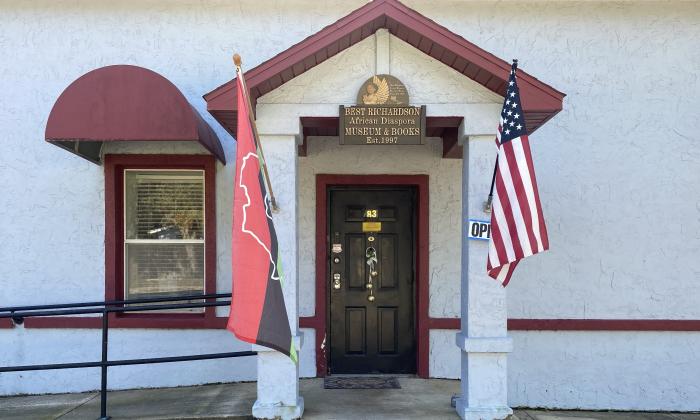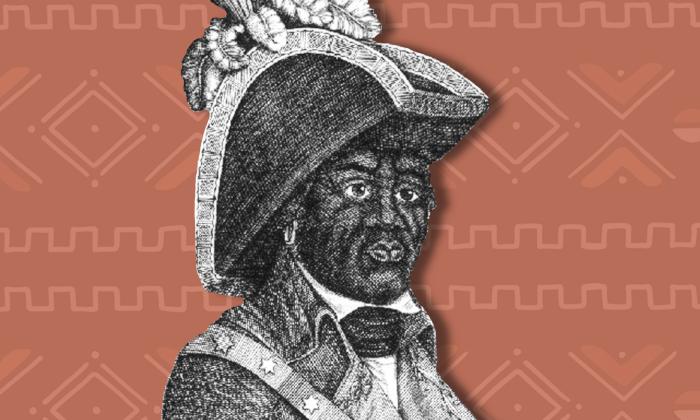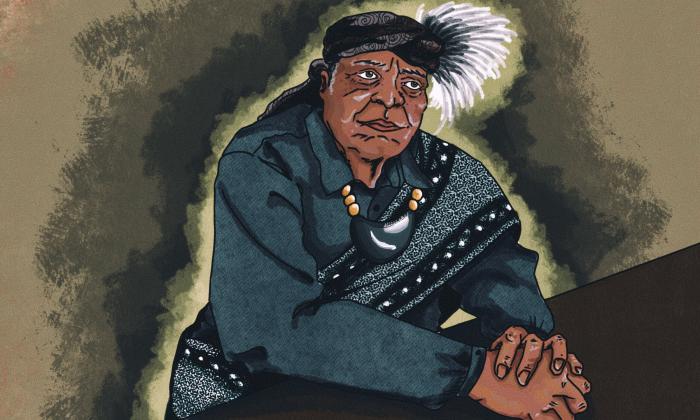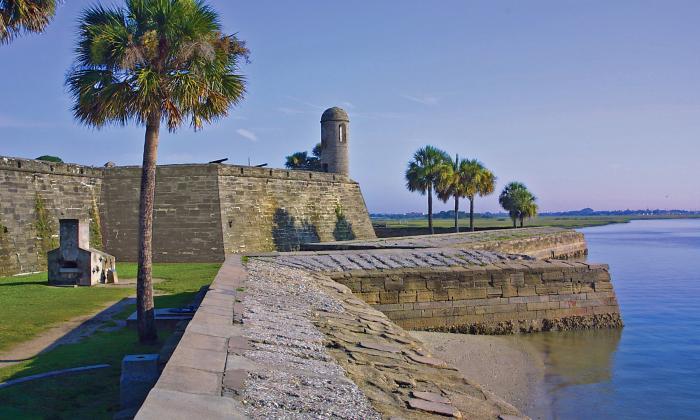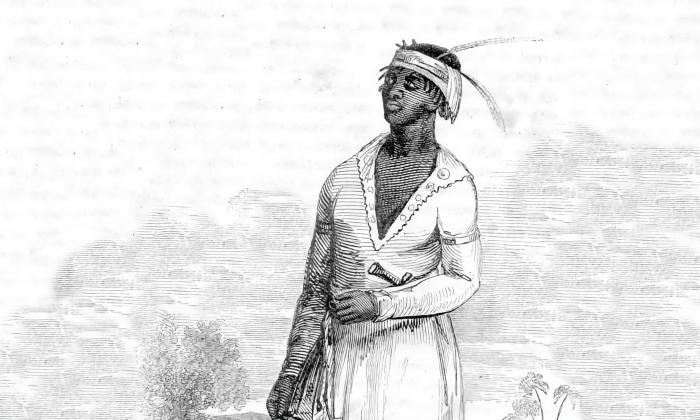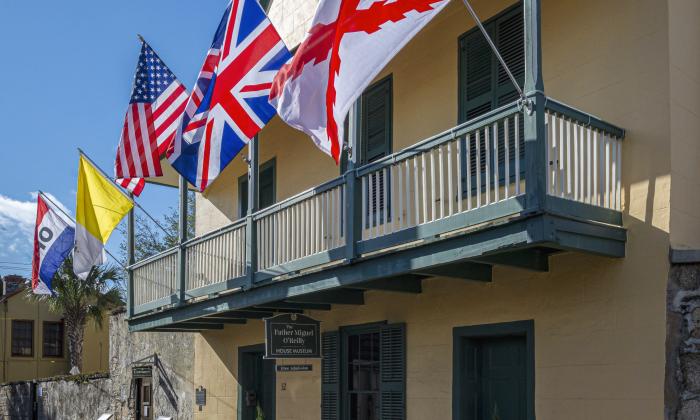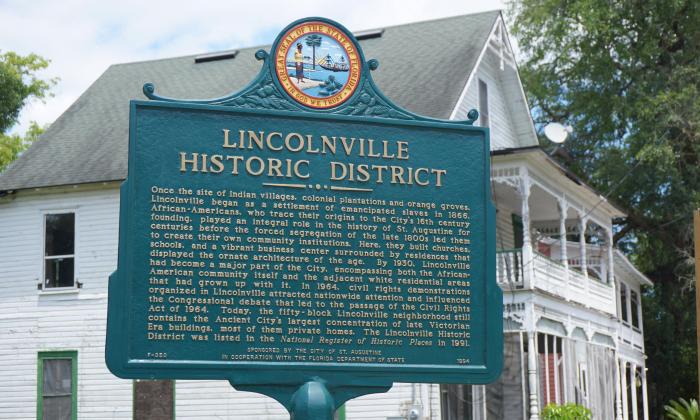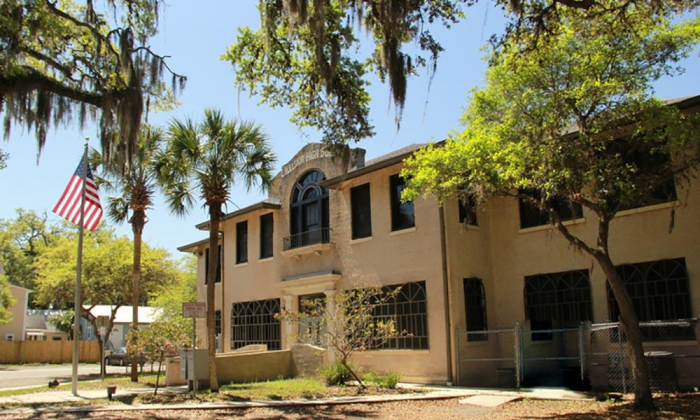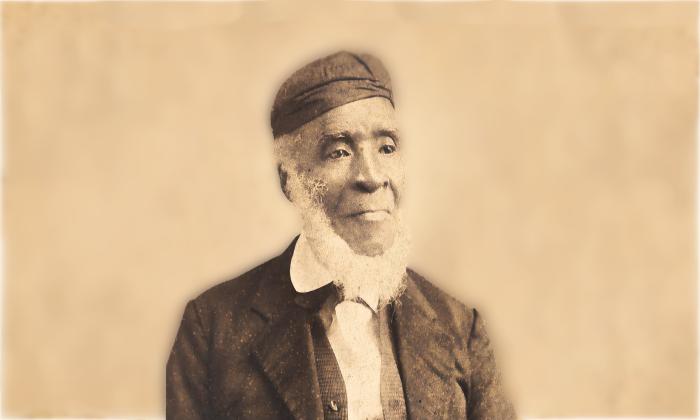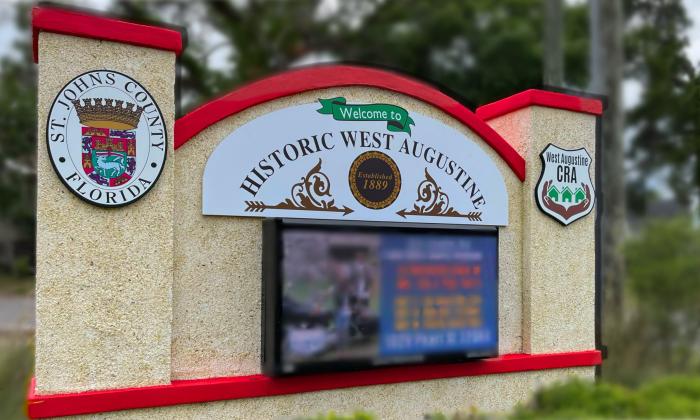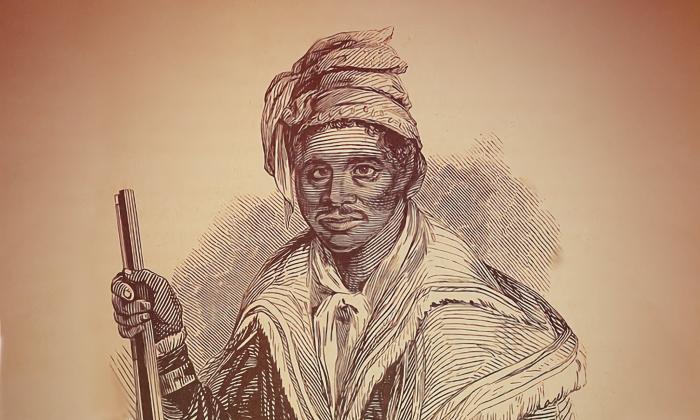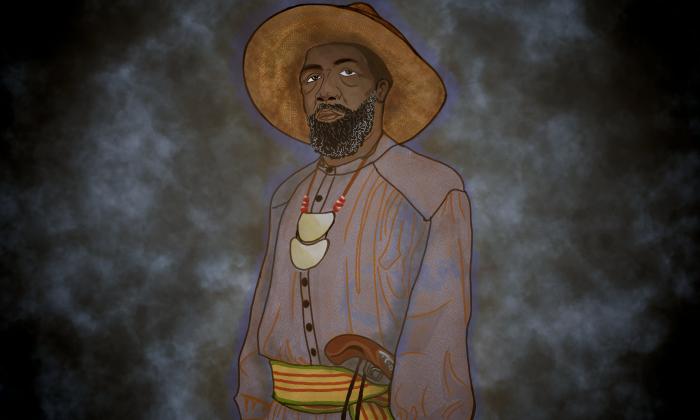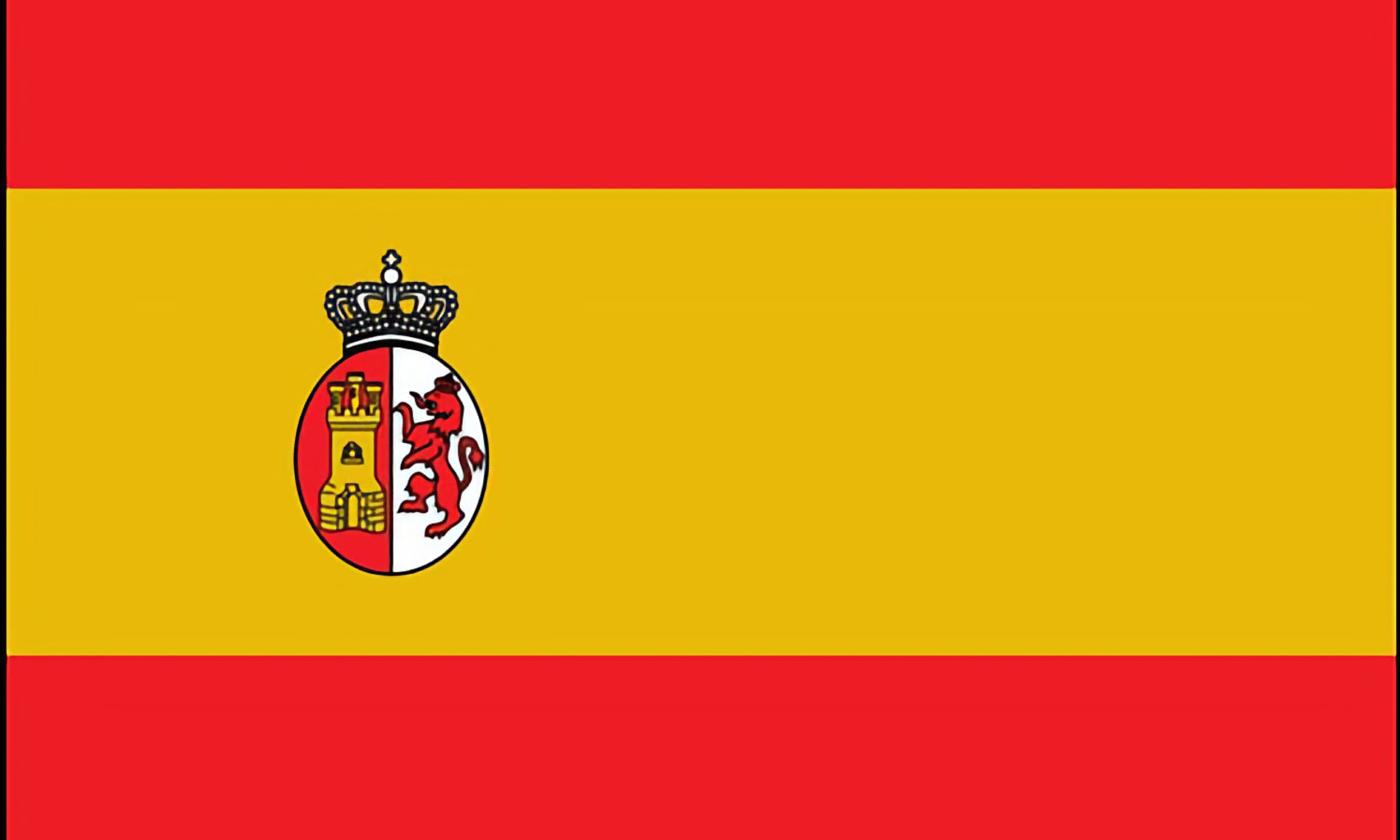
Second Spanish Period (1784-1821)
Spain regains Florida after the American Revolution.
How the Second Spanish Period Started
The 1783 Treaty of Paris ended the American Revolutionary War, in which Spain had been a vital ally to the American colonies.
In exchange for their military assistance, Florida was transferred back to Spain. However, the waning empire had few resources or interest for San Agustín, the capital city of a small, remote territory.
St. Augustine’s Population During the Second Spanish Period
In Spain’s desperation to find settlers, they began accepting colonists from various countries, even tolerating non-Catholics who swore their allegiance to the Spanish king. Some wealthy Englishmen — like Jesse Fish and Francis Phillip Fatio, both of whom were enslavers — even stayed after the British Period.
As a result, San Agustín became more of an international city than it was before.
Black People During the Second Spanish Period
Spain’s Black subjects (both free and enslaved) were considered souls by the Catholic Church, and therefore the Spanish government. The parish records in St. Augustine are a major source for studying Black History during this era.
There was also a population of Black people living alongside the Seminole tribes during this time, causing dissension between European and Indigenous populations.
Resources
Online Resources
Learning Unit: The Florida Seminoles, from Florida Memory
The Second Spanish Period, summary from NPS & Castillo de San Marcos
Research Starter: The Seminole Wars, from Florida Memory
African Americans in St. Augustine 1565-1821, article & video from NPS & Castillo de San Marcos
Sources on the Lives of Enslaved People in Northeast Florida, reference list from NPS & Timucuan Ecological & Historic Preserve
The Civil Rights Movement in Florida, Learning Unit from Florida Memory
Learning Resources from Resilience: Black Heritage in St. Augustine
Guide to Black History Collections in the Archives of Florida, from Florida Memory
Florida History Online, database from the University of North Florida
Further Reading
Black History of Florida: A Reading List, from The Florida Bookshelf







